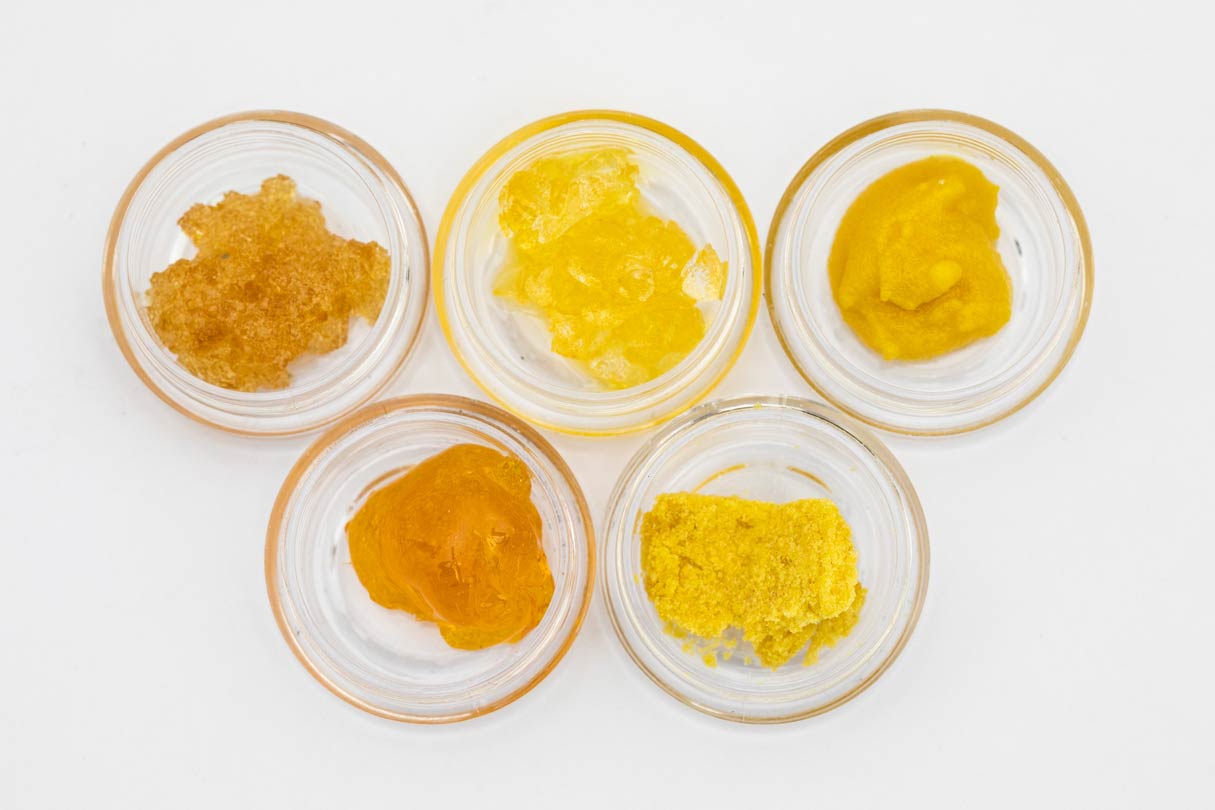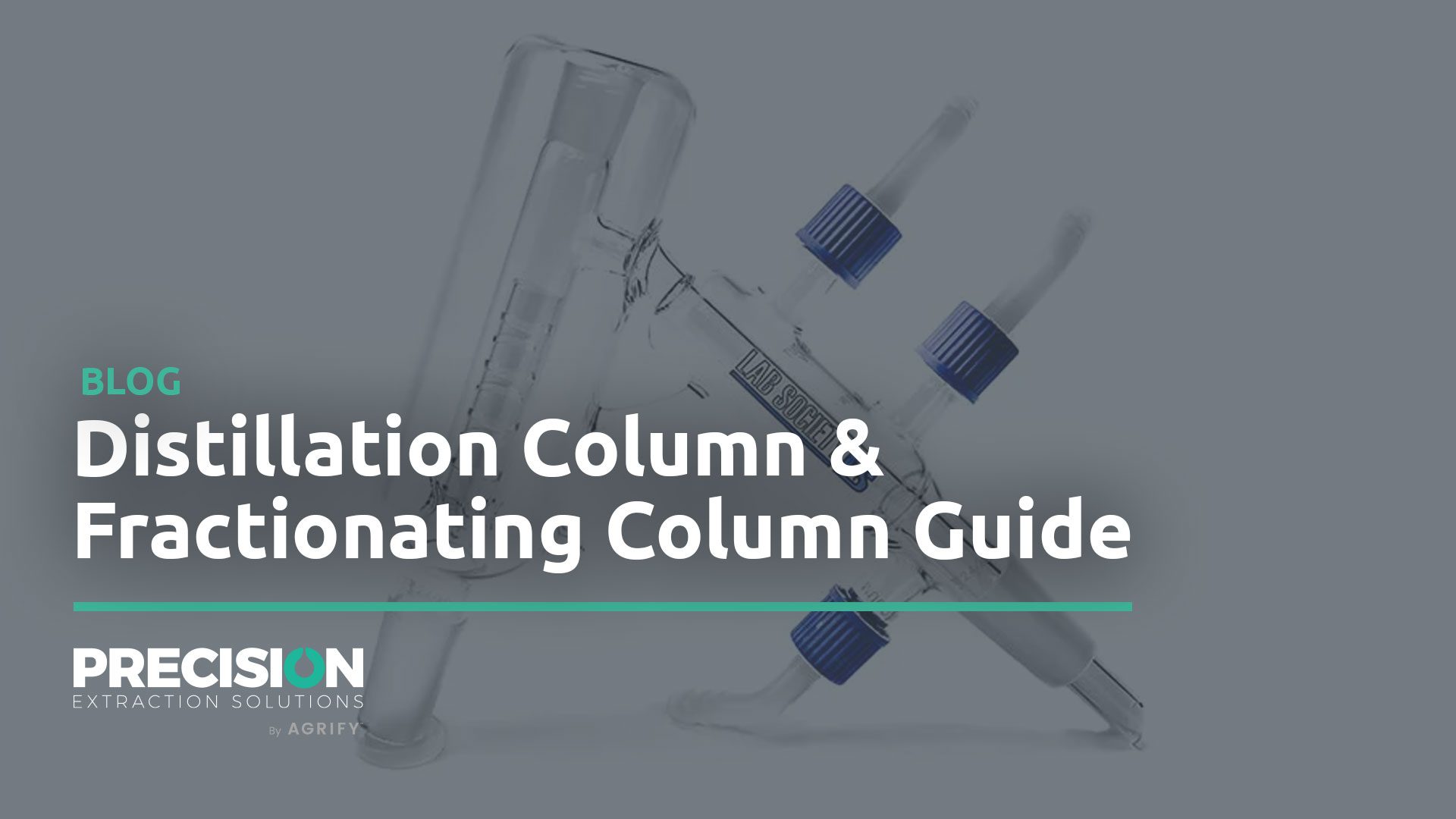
Understanding how to make cannabis distillate requires prior knowledge of distillate and its use. Cannabis distillate is a versatile oil form of cannabis that’s growing in popularity. It appears as a primary ingredient in several popular THC and CBD products, including edibles, tinctures, capsules, and vape cartridges.
The process of making cannabis distillate requires refinement that purifies the product into particular components, enabling it to reach substantial potency. In a complex, multi-step process, chemists use heat and chemistry to “distill” substances. Most would agree that it’s best handled by trained professionals using advanced equipment. The process requires a lab setting with specific scientific equipment and resources.
The rapidly-growing cannabis distillate market has led to high consumer expectations in terms of purity, potency, and effects, so a knowledgeable team, high-quality equipment, and clean working conditions are critical.
How To Make Cannabis Distillate

Step 1: Primary Extraction
Professionals begin the process with oil extraction from the cannabis plant. This initial step separates the cannabis plant matter from its resinous trichomes. These sticky trichomes, also known as resin glands, produce and store the plant’s most valued components, which are cannabinoids, terpenoids, and flavonoids. “Crude oil” extraction methods include processes like butane, propane, or ethanol solvent extraction, among other solventless extraction methods. Below we have shown the basics of how a closed-loop system works for primary extraction. It begins with a solvent tank, then washing the solvent over your biomass material to separate the trichomes, then proceeding to the collection tank, and finally returning the solvent back to the original tank with the assistance of an active solvent recovery method.

Step 2: Winterization & Filtration
The second step in cannabis distillation is winterization. This cold-temperature-based process removes unwanted impure compounds—like fats, chlorophyll, and waxes—from the crude oil collected from extraction. Winterization is completed by adding ethanol to the crude oil and storing the mixture at temperatures below freezing for up to 24 hours. Holding the crude oil at cold temperatures for an extended period of time allows the unwanted compounds to coagulate so they can be filtered out.

Once the lipids and waxes have coagulated, a filter press is used to separate those fats from the desirable portion of the extract which is now commonly referred to as “miscella.”

Step 3: Decarboxylation
The next step in making cannabis distillate is decarboxylation. The decarboxylation process is when the non-psychoactive compounds CBDa and THCa get converted into their neutral, active forms CBD and THC. This chemical reaction occurs by applying heat under vacuum to the miscella which in turn releases carbon dioxide (CO2), residual solvent and highly volatile compounds in the extract like terpenes. It is critical that “decarb” be performed properly before entering the next step called distillation, because any residual CO2 in the miscella will interfere with the vacuum depths trying to be achieved in the distillation system.

Step 4: Distillation
Now that we have extracted our cannabinoids, removed the fats and waxes, activated our CBD and THC compounds, and removed the residual solvent from our miscella extract, we can begin the final step known as distillation.
During distillation, the miscella gets heated at varying temperatures under vacuum. When specific boiling temperatures are reached the compounds will turn into vapor and pass through a chilled condensing head which will effectively re-condense the vapors back into a liquid form.
This process of heating and re-cooling separates the different compounds in your miscella, commonly referred to as “fractions.” There are typically 3 fractions collected – heads, tails and main body. The “main” fraction is the segment which contains your purified and concentrated distillate. It is not uncommon for processors to make multiple distillation passes to further distill their oil. If you have ever seen a nearly clear distillate oil, this was most likely the case.

Processors can use short path or wiped film distillation systems to complete this process. Above we have shown a diagram of a wiped film, or often called thin film, technique. There are pros and cons to both techniques. Your facility’s volume, crude oil consistency and operator skill level will ultimately determine which method is best suited for you.
Step 5: Create Products From Distillate
Once you have a cannabis distillate oil, you can then proceed to your final post processing steps determined by the type of consumer end product you are making – edibles, tinctures, vape cartridges, etc. Each of these consumer products has their own unique process to make them, including crystallization, chromatography or other further post processing steps.
Cannabis Distillate Increasing in Popularity
We hope we’ve left you with a more in-depth understanding of how to make cannabis distillate and awareness of the scientifically advanced equipment and processes necessary to yield satisfactory results. And, of course, meticulous attention to detail is required.
The ability to create a tasteless, odorless, high-purity THC or CBD product increases its desirability in both the existing and new markets of cannabis consumers. As we continue to see increased reform and legalization within the United States for various strands of cannabis (like the up-and-coming THC variant Delta-8), demand will inevitably keep growing. The marijuana processing industry is sure to benefit, as well.
Equipment & Training for Making Distillate
You can see from the steps outlined above that there is going to be a fairly sizable list of equipment for making distillate. Primary extractors, reaction vessels, filter presses, chillers, heaters, and, of course distillation machines, among others not detailed here.
Precision is an end-to-end solution provider for labs looking to source some, or all, of the equipment required to make cannabis distillate. Furthermore, we have an experienced best-in-class team of extraction technicians to also deliver on-site distillation courses should your team require the support.
Below are some of the equipment categories and training courses on our website. Please reach out to our team with your unique needs and we can prepare a solution package tailored to your operation.








